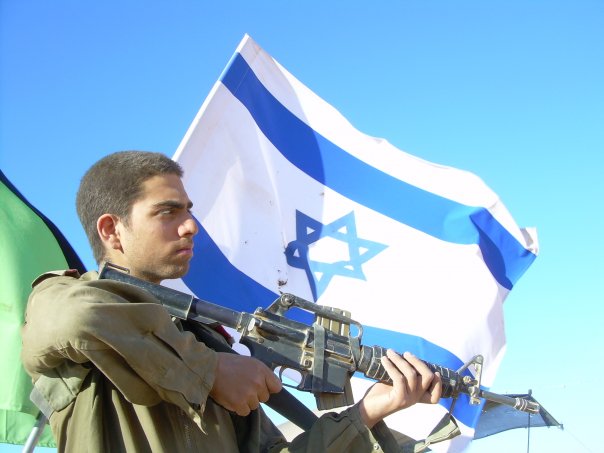The sound of the Shofar is one of the central themes of Rosh Hashanah. The intense blasts issued from this horn, so we learn, are meant to cause us to think of a cry out to the heavens; a cry for mercy, a cry for help.
The Shofar is used to produce four distinctive kinds of noises; the Tekiah, the Sh'varim, the Teruah, and finally the Tekiah Gedolah. It is instructive to note that the Shofar's noises are grouped together in sets of three, with the first and the last always Tekiah (apart from the two occasions when a Tekiah Gedolah replaces the standard Tekiah.)
The Tekiah (and the Tekiah Gedolah) is a single drawn out noise. The other sounds, the Shevarim and the Teruah, are sandwiched in between the Tekiah blasts. These two sounds are supposed to be of equal length to the Tekiah sounds on either side of them, but are broken up into three or nine pieces. Indeed, the word Shevarim means "broken," indicating that there is an intrinsic link between these broken noises and the whole, complete Tekiah. In actuality, the Tekiah sounds and whatever comes in between them are all equal. The Shevarim and the Teruah are broken up, but we must not forget that though they are broken, they will come whole again. Hence, the pattern of whole-broken-whole reveals the process that our Teshuvah will follow; if we make a concerted effort to return to Hashem, we will make ourselves complete again.
The Shofar has a deep connection to Rosh Hashanah in other ways, too. The two days of Rosh Hashanah, the days of judgment, are two of the holiest days of the year. The Netivot Shalom teaches that over the two days, we must try to elevate both our levels of Yirat Shamayim and Ahavat Shamayim.
The Kol Shofar, the sound of the Shofar, has two distinct qualities that we can say are appropiately match these dual aspects of Rosh Hashanah. While the sound emitted by a Shofar is often referred to as being like a cry, it is also often called a Shofar "blast".
Shofar blasts are not blown only on during the period of Rosh Hashanah; in times of war, we make a Teruah with chatzotzrot to ready the camp. In this situation, the sound of these noises are very much connected to the aspect of Yirah, fear. At other times, too, these blasts are made - we learn that the same chatzotzrot are used to make a Tekiah sound while offerings were joyfully brought to the Beit Hamikdash. In this situation, these noises are instrumental in causing Bnei Yisrael to feel their ahavah for Hashem.
The Shofar's noise is both a powerful "blast" and also a "cry" for mercy. It is call for battle, but also part of the pomp and ceremony when a new Jewish King is crowned. And here too we show our great love for Hashem, and simultaneously our tremendous awe of Hashem, when we blow the Shofar and crown Him as our King on Rosh Hashanah.
Friday, September 18, 2009
Subscribe to:
Post Comments (Atom)






No comments:
Post a Comment